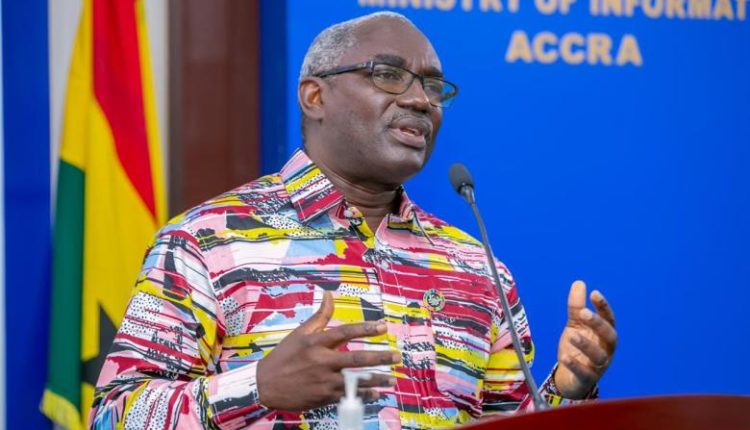The National Development Planning Commission (NDPC) has announced the development of the Ghana Macro-Economic Model (GMM) to determine Ghana’s growth strategy with the ultimate aim of transforming key sectors of the economy such as agriculture, industry by setting sector-specific growth targets, policy directives and the various means to achieve them.
According to the Director General of the Commission, Dr. Kodjo Esseim Mensah-Abrampa, the model will serve as a blueprint to assist the country in economic forecasting, policy analysis and choices.
He further detailed that the model will help the country to collect the right information on the economy, address the old-age challenge associated with policy directives due to lack of information.
Moreover, Dr. Mensah-Abrampa noted that the GMM can be used to assess the economic impacts of eventualities such as the coronavirus pandemic to inform policy measures that the government must adopt to put the economy back on track.
Forecasting
The Director General further stated that the model would be used to forecast the economic out-turns of the policies of the government to inform policy reforms and also promote the judicious use of the nation’s scarce resources.
Also, the NDPC highlighted in its Medium Term Expenditure Framework (MTEF) for 2019-2022 that it was working on developing a macro-economic model for national and sub-national development planning, in collaboration with Oxford Economics in the UK.
According to the NDPC, the draft Ghana macroeconomic model was reviewed and validated by the technical working team and by expert group led by UNECA.
Nevertheless, an assessment of the outcomes of national development planning strategies show that little progress is been made in terms of the implementation of most of the country’s development plans.
In addition, an assessment of the Effective Implementation of national medium-term development policy framework, measured by the percentage of national medium-term development policy framework targets achieved, was 38.8 percent as of 2018 from a baseline value of 27.3 percent in 2014.
With this rate, it is very doubtful if Ghana can achieve the 70 percent target by the end of 2021.
Also, the Level of integration of SDGs in development planning at all levels, measured by the proportion of SDGs targets reflected in medium-term policy framework, stands at 70 percent as of 2018, whilst the NDPC targets a 100 percent outcome in 2021.
Development Plan
Almost every nation strives to achieve development and prosperity. As such, the need for a national development plan has become very important in most countries.
In Ghana, successive governments over the years have demonstrated their commitment to achieving development and quality of life for their citizens.
In line with ensuring coherent and unified development efforts, the NDPC of Ghana was mandated by government to prepare a 40-year development plan to guide governmental efforts in a sustainable manner, for growth and development.
The 40-year development plan was designed with the view to achieving “a just, free and prosperous society” by 2057.
Sticking to this plan will be of tremendous benefits to the country because evidence suggests that the implementation of development plan within the right context can lead to sustainable growth and tremendous development.
Many countries especially the Asian countries popularly known as the “Asian Tigers” provide a confirmation to the positive outcomes of the rightful implementation of development plans.


Comments are closed.